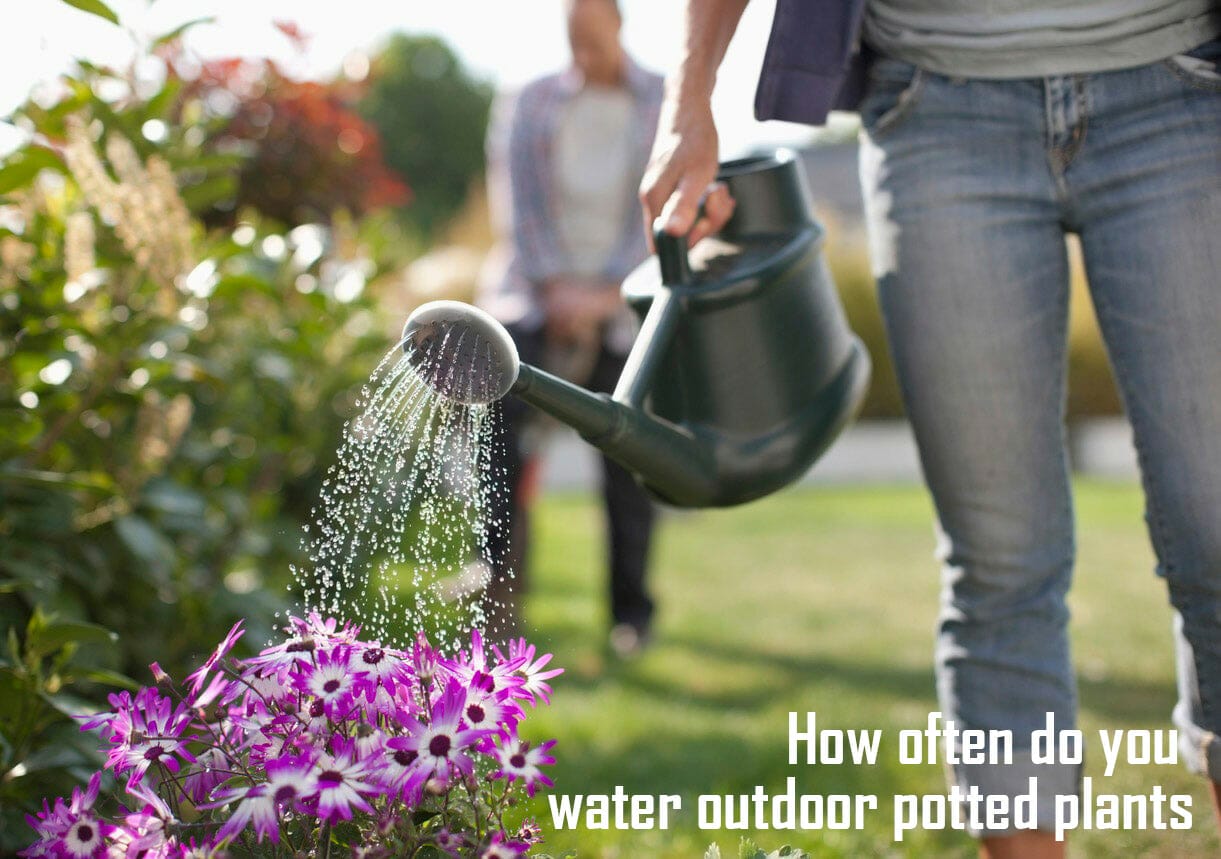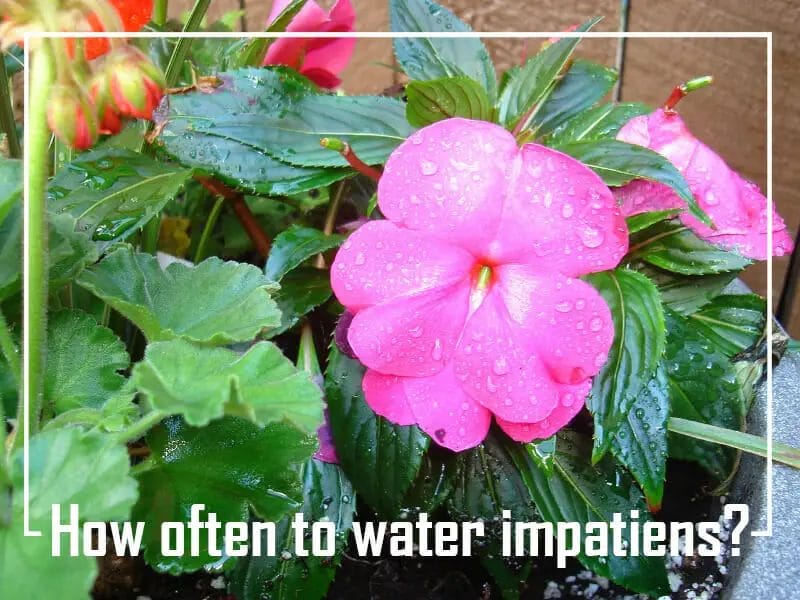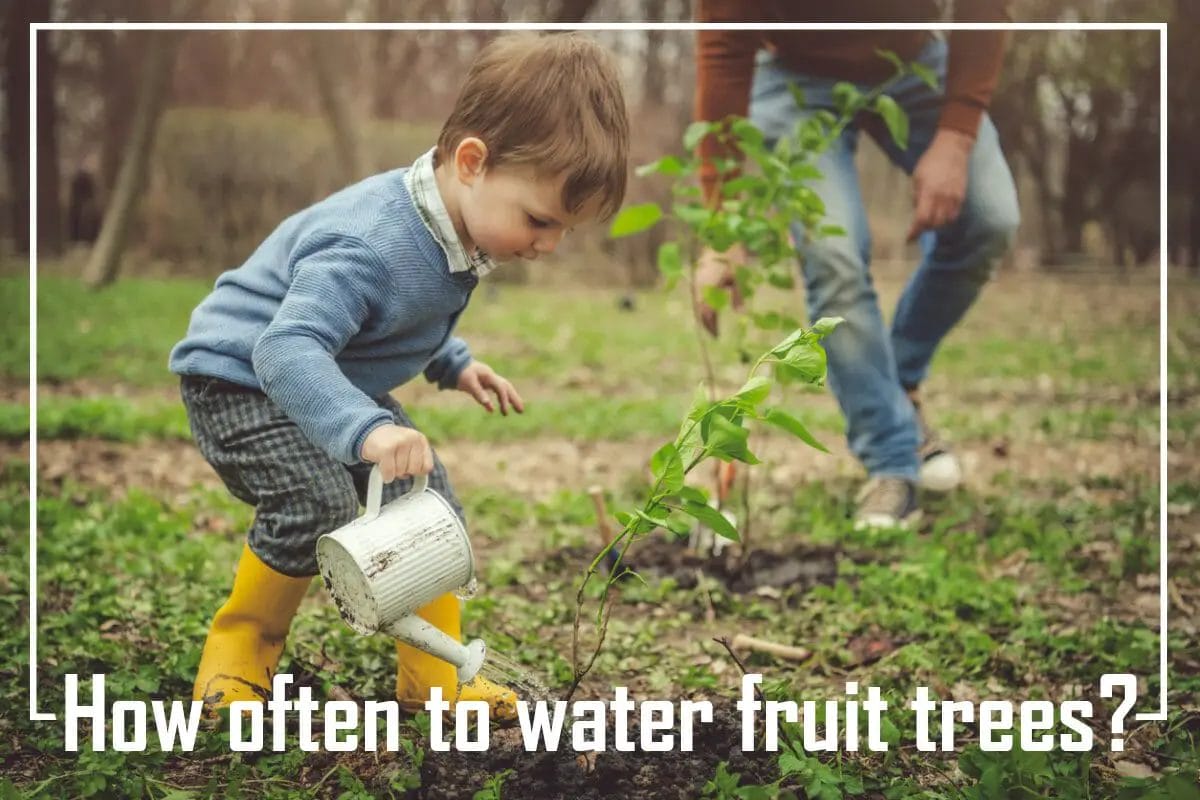You’ve got a garden, you live in the south, it’s summertime, and you’re trying to figure out how to keep your yard from getting flooded this season. I’m here today with information on just some of the many ways you can get rid of standing water quickly without using toxic chemicals or hiring a contractor.
Exactly how often and how much you should water your lawn depends on your grass type, your soil type, the average rainfall in your area, and the season. I’ll also show you what steps beginners should take first to avoid doing any more harm than good.
Causes of Standing Water in the Yard
Standing water in the yard can be a nuisance and a potential indicator of underlying issues. Here are some common causes of standing water in the yard:
- Poor Drainage: Insufficient or inadequate drainage is a primary cause of standing water. If the yard doesn’t have proper grading or slopes, water can’t flow away effectively, leading to pooling.
- Compacted Soil: Compacted soil prevents water from being absorbed properly. This can result from heavy foot traffic, construction, or even natural compaction over time.
- Clayey Soil: Clayey soil has low permeability, meaning it doesn’t drain well. When it becomes saturated, it can’t absorb more water, causing puddles to form on the surface.
- High Water Table: A high water table occurs when the groundwater level is near the surface. During periods of heavy rain or snowmelt, the ground may not be able to absorb excess water, leading to pooling.
- Clogged or Inadequate Gutters: Gutters clogged with leaves, debris, or damage can’t effectively channel water away from your property. This can result in water overflowing and pooling near the foundation.
- Poorly Designed Landscaping: Landscaping features such as improperly placed flowerbeds, retaining walls, or hardscapes can obstruct water flow and create areas where water accumulates.
- Runoff from Adjacent Properties: If neighboring properties are higher in elevation, runoff can flow into your yard, contributing to standing water.
- Blocked Drainage Systems: If your yard has drainage systems like French drains or swales, they can become clogged with debris, reducing their efficiency and causing water to pool.
- Lawn Depressions: Low spots or depressions in the lawn can collect water, especially if they are not properly graded to allow for drainage.
- Lack of Vegetation: A lack of vegetation, such as grass or plants, can lead to bare patches of soil that don’t absorb water well. This can contribute to standing water during rain.
- Overwatering: Excessive irrigation or watering can lead to oversaturation of the soil, causing water to pool on the surface.
- Seasonal Factors: Weather conditions like heavy rainfall or melting snow can saturate the ground quickly, leading to temporary standing water.
Identifying the cause of standing water is essential for effective mitigation. Depending on the cause, solutions may involve improving drainage, grading, amending soil, maintaining gutters, and using appropriate landscaping techniques. If the issue persists, consulting with a landscaping professional or drainage expert can help you find the best solution for your specific situation.
Also Learn: How To Fix A Yard That Holds Water After Rain
6 Ways to Remove Standing Water in a Yard
Standing water in your yard isn’t just annoying — it can pose serious health risks. Left untreated, moisture left behind by rainfall can cause damage to foundations, support walls, and even your roof. In addition, standing water provides a perfect environment for mosquitos and other insects to breed. And while you may think that there’s nothing you can do about it, several options are available to help dry up the area.
The most common solution to standing water is simply waiting for the rain to stop. But if you’re looking for something faster, easier, and less expensive, here are some tips.
Re-grade
Professional landscapers can provide you with a survey of your average lawn’s trouble spots, natural drains, and channels. They can then address the aspects of lawn care. Re-grading your property surrounding your home should be done before addressing pooling water issues in other parts of your backyard.
De-thatch
Clear your yard of any blanket debris that may be causing the rainwater not to drain properly. A dethatcher or a good old-fashioned rake will help you do it. If you don’t have either tool, try putting down some plastic sheeting to catch the water while raking. Clear out the area around your sprinkler heads, too, because those could become clogged up with debris.
Aerate your lawn
Remove debris from around your home with a garden rake. Then, use a lawn aerator to place tiny holes in your lawn. These holes are called “lawn depressions.” They help plants absorb moisture and nutrients better, making them stronger and healthier. You’ll see immediate results, such as increased growth and fewer weeds. If you don’t have an aerator, your local landscaper should be able to provide it.
Give your soil a boost.
If you have hard or sticky ground on your lawn that pools standing water, you may want to break up the soil with a shovel or rake. Adding some compost, mulch, and manure to the top of your soil could help give it a much-needed boost.
Install a French drain.
A French drain is used to divert surface water away from your house. This prevents flooding and erosion around your property. A French drain consists of a concrete pipe buried underground. Water flows down the side of the pipe and drains into an open area, where it runs off into the ground.
The best way to install a french drain is to dig a trench into your yard, usually about 2 feet wide and 4 inches deep. Then, you pour some gravel into the trench. Next, you place a layer of sand over the gravel. Finally, you add another.
Create a Dry Creek Bed
If you want to install a french drain to keep rainwater out of your basement, you might think about creating a dry creek. A dry creek is a way to redirect water away from your home and down the street. To make a dry creek, you can use rocks, gravel, or even concrete blocks.
A dry creek won’t work if there are no drains nearby. So, if you’re installing one near a driveway or walkway, make sure to divert the water away from those areas. And remember, always divert your water toward a drainage system — never toward your neighbor’s property or onto a public sidewalk. Doing so could get you in hot water.
What are the consequences of standing water in my yard?
Standing water in your yard can lead to a range of undesirable consequences that impact your outdoor space’s aesthetics and health. One significant consequence is the creation of breeding grounds for mosquitoes and other pests. Stagnant water provides an ideal environment for these insects to lay their eggs and multiply, increasing the risk of disease transmission and making your yard less enjoyable to spend time in.
Additionally, standing water can damage the health of your plants and lawn. Excess moisture can lead to root rot and fungal diseases in plants, causing them to wilt, turn yellow, or die. It also deprives the soil of oxygen, essential for root growth and overall plant health. Grass in areas with standing water may become waterlogged, leading to weak, discolored, or dead patches.
Standing water can also affect the structural integrity of your property. If water pools near your home’s foundation, it can seep into cracks and contribute to basement leaks, foundation damage, and erosion. Over time, this can lead to costly repairs and compromise the stability of your property.
The presence of standing water detracts from the visual appeal of your yard. Puddles and muddy areas can make your outdoor space less usable and less inviting for recreational activities. The waterlogged conditions may limit the use of certain areas, hinder landscaping efforts, and diminish the overall beauty of your yard.
It’s crucial to identify the underlying causes of standing water and implement effective drainage solutions to prevent these consequences. Proper grading, installation of drainage systems, maintaining gutters, and choosing appropriate landscaping techniques can help mitigate the negative effects of standing water, ensuring a healthier and more enjoyable yard environment.
You May Also Like: How Long Should You Water Your Lawn With An Oscillating Sprinkler?
Control Runoff Water with a Storm Drain or Dry Well
Dry creeks and French drains divert rainwater from streets, yards, and lawns. They’re great for keeping grass green and preventing flooding during heavy rains. But unless they’re properly controlled, they can cause problems like erosion, sediment buildup, and even damage to nearby buildings.
A dry well is a large hole filled with rocks that run off stormwater and drain into the ground. This method allows water to flow without collecting in pools or puddles. And because dry wells don’t collect standing water, there’s no chance of mosquitoes breeding.
But dry wells aren’t always easy to find. If you live near one, make sure it’s working correctly by checking for signs of leaks, cracks, or damage. You might also want to check with your local utility provider to see if they offer free inspections.
If your yard already has a dry creek or French drains running through it, here are some things to consider before installing a dry well:
– Make sure the area is completely flat and level.
– Avoid digging too close to existing pipes or utilities.
– Keep the bottom of the well about 4 feet above grade.
How can I prevent standing water in my yard?
If you’re having problems with standing water in your yard, the best solution may be to hire a professional team. HomeAdvisor Landscaping can help you find a local contractor to solve your drainage issues quickly and effectively. However, if you’re determined to try and fix the problem on your own, here are a few tips that may help:
You can usually solve standing water issues by yourself by replacing items or doing proper maintenance. If you’re a DIY fan and want to save money on professional lawn work, this could be a good option. However, if you have standing water in your yard and don’t know how to fix it, it’s likely because you need professional help.
In some cases – like when repairing drainage would take more than an average person has time for – it’s not worth trying to fix the problem alone. Good contractors usually warranty their work, so hiring a professional team to take care of things for you is worth considering.
Another way to prevent standing water in your yard is by using a rain barrel or cistern. You can also install a septic system to help remove waste from your home. If you have clay soil, adding organic matter can help absorb water and reduce the risk of flooding.
Frequently asked questions
1. How do I break up the hardpan?
2. What is standing water?
3. What is the best lawn care service?
4. What Can I Do About Standing Water in My Garden?
Conclusion:
Standing water is an issue that plagues homeowners across the country every year. It can cause damage to your lawn and landscape, but it can also pose serious health risks. The good news is that most standing water problems can be fixed by following a few simple steps that have been mentioned above.






